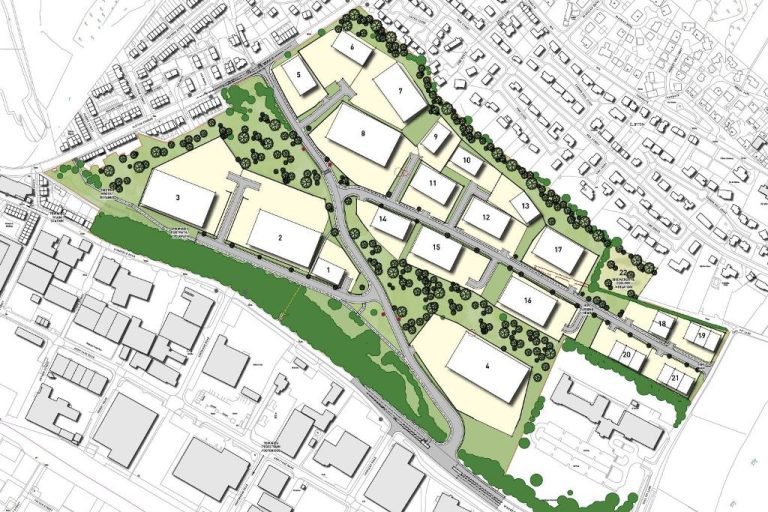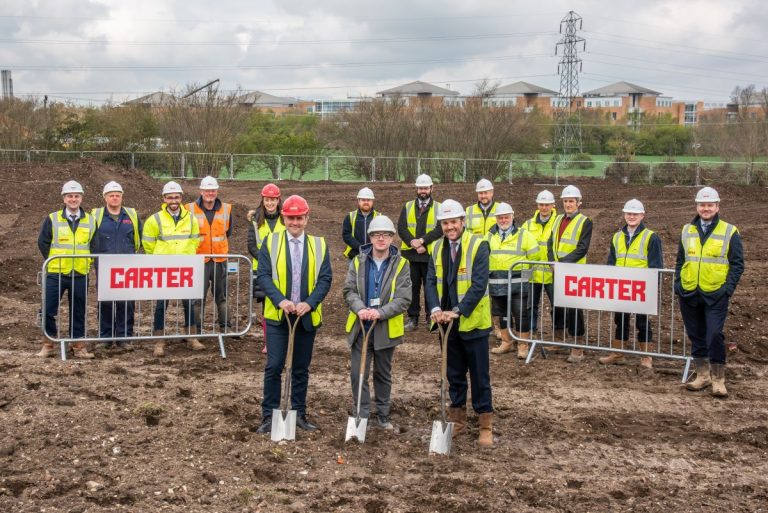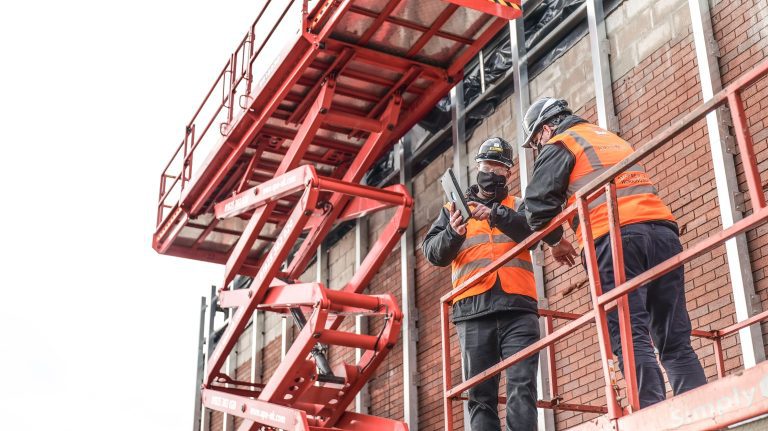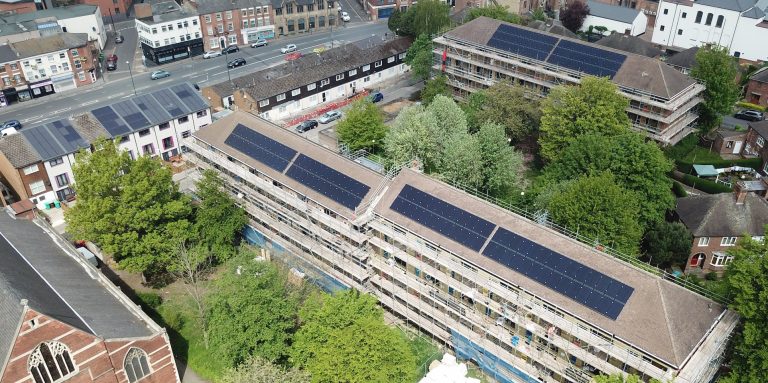This year W.B. Simpson & Sons celebrates 190 years as a London and Midlands-based tiling contractor – and has introduced a new section on its website to celebrate a vast portfolio of tiling projects. With a heritage in the manufacturing of hand-painted tile panels and stained glass, craftsmanship has been at the heart of what W.B. Simpson & Sons have done since the company’s founding by William Butler Simpson in 1833. The range of projects it has been involved in is enormous, including London Underground projects, shopping centres, airports, hospitals, hotels, leisure centres and stadiums, as well as residential. Working in partnership with some of the UK’s largest main contractors, its high profile projects have included stations on the Jubilee Line Extension, Heathrow Terminal 2, Gatwick South Terminal, Canary Wharf, Athletes’ Village for 2012 Olympic Games. With a portfolio this strong, it is not surprising that W.B. Simpson often achieves Category 1 or Preferred Contractor status. The company’s unbroken record of service to the construction sector in and around London and the Midlands is unique in the industry, and its 190th anniversary is truly an event that needs celebrating! During the year, the company will be rolling out a number of activities to mark its historic achievement – details to be revealed in due course! To kick off the commemoration it has added a new section to its website at https://wbsimpsonsons.co.uk, which features information and imagery from a huge range of heritage projects that the company has been involved in since 1833. These include London Underground projects, churches, castles, hospitals, theatres, public houses and art galleries. The company has worked on projects around the country such as Cardiff Castle, York Art Gallery and the Royal Berkshire Hospital in Reading. The common thread that links all these projects is their craft-based, artisanal attention to detail which historically has formed the basis for the reputation for quality and excellence which the company is known for today. “The importance of our heritage as a business is not just that we can look back with pride at what the company has achieved 50, 100 or 150 years ago – although that is important too,” says Managing Director Billy Valler. “But the main thing is the way in which it is a living heritage which still informs the way that the company works today. Our aim, as it always has been, is to translate our customers’ aspirations as accurately as possible into what they see in the finished tiled project, whether it is a large area of plain tiles in a railway station or a detailed artwork in a traditional London public house. It is the diversity of work that we are involved in which gives our heritage its variety and dynamism, and which keeps us at the leading edge of our business, as we seek to delight today’s customers, as we have been doing for 190 years.” Watch this space for details of events during the year to commemorate W.B. Simpson & Sons’ 190 years in business! Building, Design & Construction Magazine | The Choice of Industry Professionals















